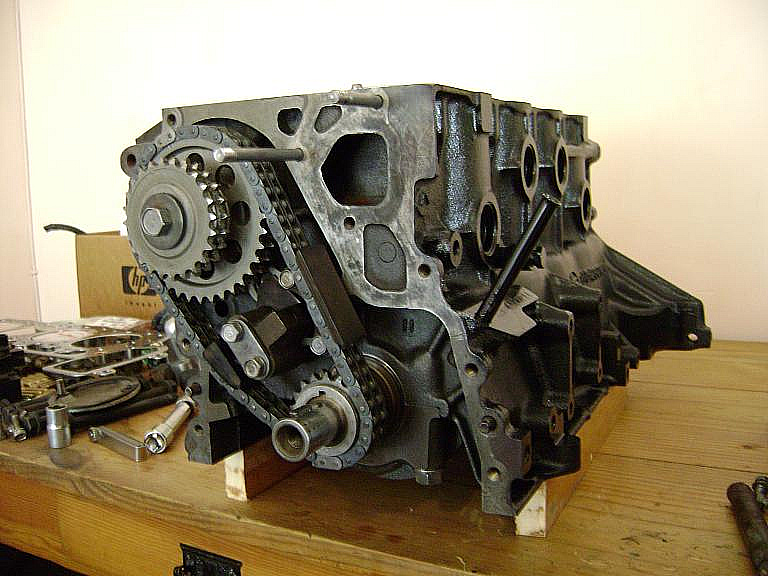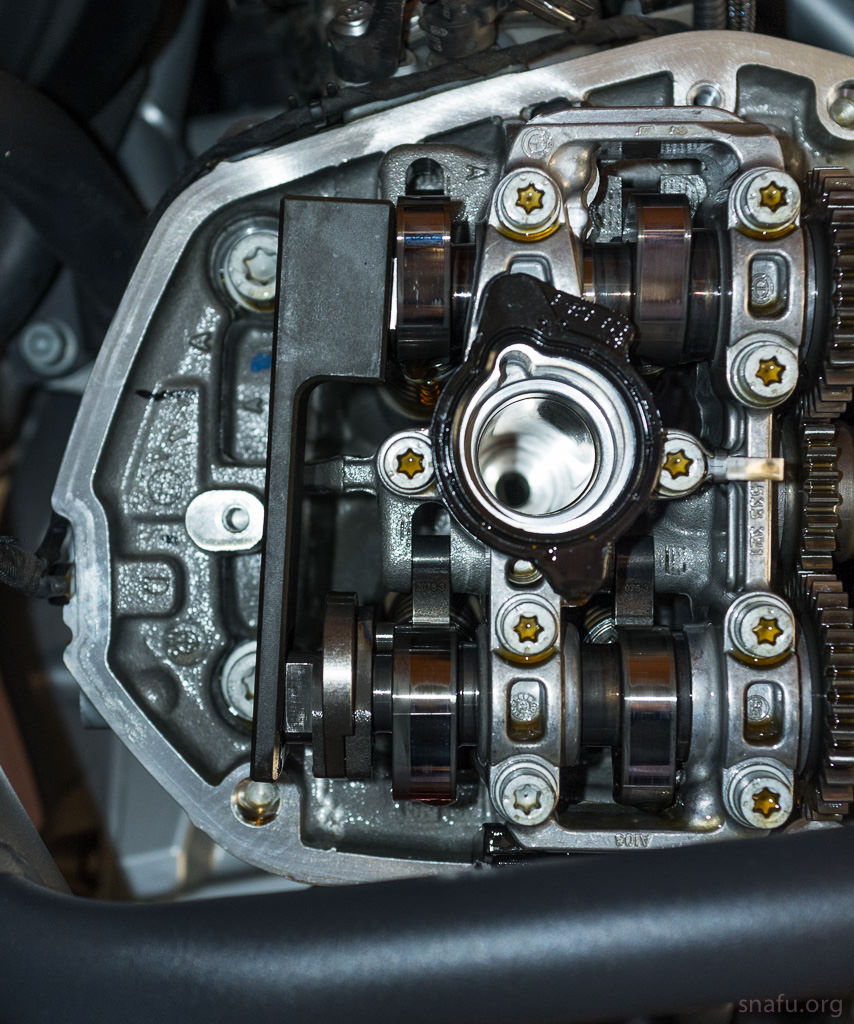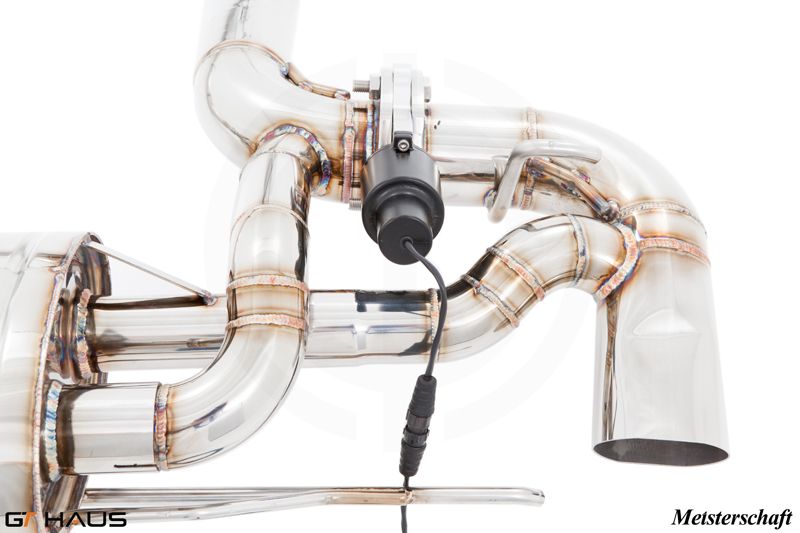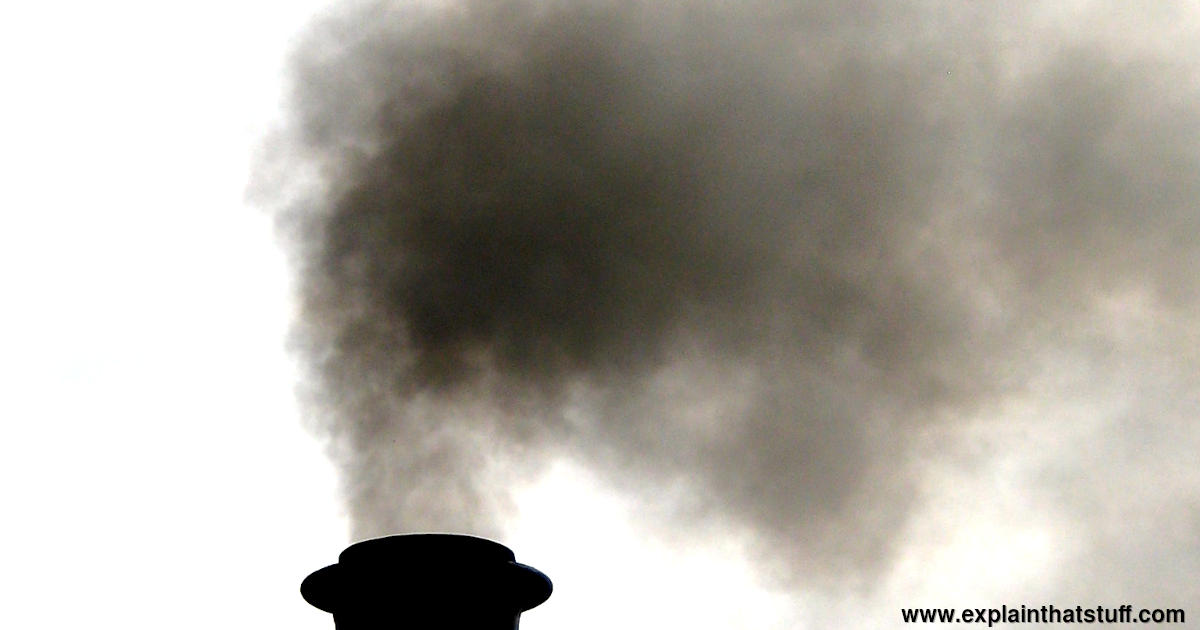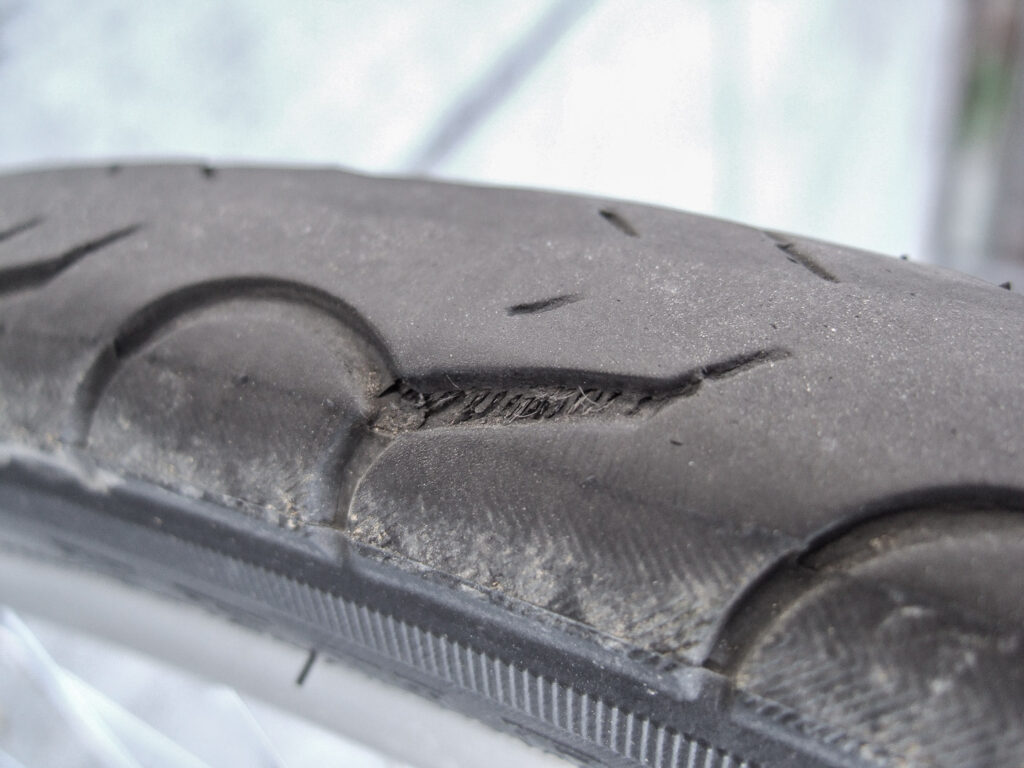1. Introduction
The decision to replace an engine or rebuild it can be a difficult one. A rebuilt engine is often the most cost-effective and reliable option, but it is important to understand the benefits of having an engine rebuilt instead of replaced. In this article, we will explore the advantages of rebuilding an engine over replacing it, including cost savings, reliability and longevity, improved performance, environmental benefits, quality parts and craftsmanship, time savings, and warranty coverage.
2. Cost Savings
One of the primary benefits of having an engine rebuilt rather than replaced is cost savings. Rebuilt engines typically cost much less than new engines because they are assembled from existing parts that have been inspected and tested for quality assurance. This means that you can save money on labor costs as well as on the parts themselves. Additionally, since most rebuilt engines come with a warranty, you can rest assured knowing that your investment is protected should something go wrong down the road.
3. Reliability and Longevity
Another benefit of having an engine rebuilt instead of replaced is increased reliability and longevity. Rebuilt engines are thoroughly inspected and tested to ensure they are in proper working order before being installed in a vehicle. This means that you can expect your rebuilt engine to last longer than a brand new one since it has already been proven to be reliable in its previous life. Additionally, if any parts need to be replaced during the rebuilding process they are usually higher quality than those found in new engines which increases reliability even further.
4. Improved Performance
Rebuilt engines also provide improved performance compared to brand new ones due to their superior craftsmanship and attention to detail during assembly. Because all components are carefully inspected for wear before being put together into an engine block, you can expect better fuel efficiency and power output from your vehicle when using a rebuilt engine instead of a brand new one – resulting in increased performance overall!
5. Environmental Benefits
Having an engine rebuilt rather than replaced also provides environmental benefits by reducing waste generated from discarded car parts and materials used in manufacturing new ones – both of which contribute heavily to air pollution when disposed of improperly or irresponsibly! Additionally, because rebuilt engines use fewer resources during production (as opposed to new ones), they help conserve energy which helps reduce our carbon footprint as well!
6. Quality Parts and Craftsmanship
When having your engine rebuilt instead of replaced you can rest assured knowing that only high-quality parts will be used in its assembly process – ensuring that your vehicle runs smoothly for years to come! Additionally, experienced technicians use their expertise when assembling these components together so you can trust that every part will fit perfectly into place without any issues or complications arising down the road!
7. Time Savings
Having your engine rebuilt instead of replaced also saves time compared to ordering a brand-new one since there’s no waiting period for delivery or installation – meaning you can get back on the road faster! Furthermore, many shops offer same-day service so you don’t have to wait weeks or months for repairs either – making this option even more appealing!
8 Warranty Coverage
Finally, many companies offer warranties on their workmanship when rebuilding engines so you can rest easy knowing that your investment is protected should something go wrong down the road! This peace-of-mind coverage helps alleviate some stress associated with owning a vehicle while also providing financial protection should any major issues arise after installation!
9 Conclusion
>
In conclusion, there are numerous benefits associated with having an engine rebuilt rather than replaced including cost savings, reliability and longevity improvements, improved performance gains, environmental friendliness through resource conservation efforts & reduced waste generation from discarded car parts & materials used in manufacturing new ones; quality parts & craftsmanship; time savings; & warranty coverage for added peace-of-mind protection against future problems arising after installation! Therefore if you’re considering replacing your vehicle’s worn out or damaged motor consider looking into getting it professionally remanufactured as it may save money & provide more reliable long-term operation compared with purchasing & installing a brand new one!
Unlock the Hidden Benefits of Rebuilt Engines: Get More Bang for Your Buck!
How long will an engine last after being rebuilt?
Most engines will last up to 300000 miles if all repairs and maintenance are done according to the manufacturers recommendations and not abused in any way. A rebuilt engine can last a long time if you are a good driver who follows all the rules and takes good care of your vehicle.
What are the benefits of rebuilt engine?
Engine rebuilding also extends the life of the vehicle allowing it to run for many years as long as the chassis and other essential components are sound. Jobs usually come with at least a one year or 12000 mile warranty. Other warranties can last up to 3 years and unlimited miles.
Is it better to buy a rebuilt engine?
In many cases a rebuilt engine can be superior to a new car engine. This is because engines can be rebuilt with better parts. Design changes to parts may also fix problems with the original machine. As technology advances parts are designed and manufactured better than ever before.
Can you trust a rebuilt engine?
Remanufactured engines are superior to original factory installed engines are more reliable and come with a warranty. The most reliable and cost-effective engine repair option is to replace your old engine with a remanufactured engine.
How should I drive after engine rebuild?
If you want to be more gentle after 200 miles five or six moderate throttle accelerations a little hard throttle acceleration and back to 20 mph. Drive normally between 500 and 1000 miles but keep the revs below 5000. Always avoid long idle periods at this point says Summit.
Does a rebuilt engine reset mileage?
Changing the engine resets the mileage. No. Replacing the engine does not actually restore your cars mileage. The cars odometer is attached to the front wheel hub not the engine.
